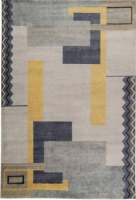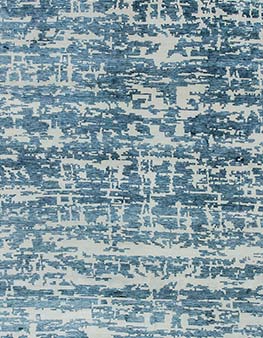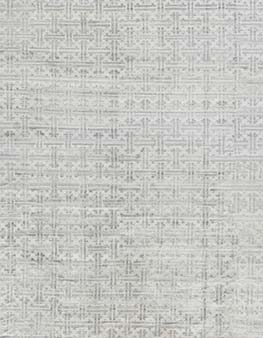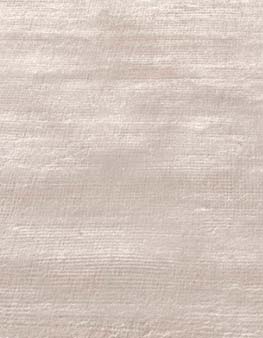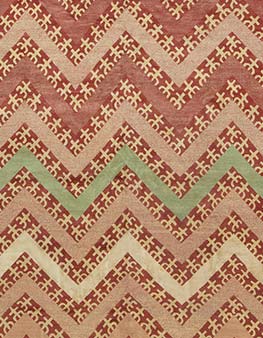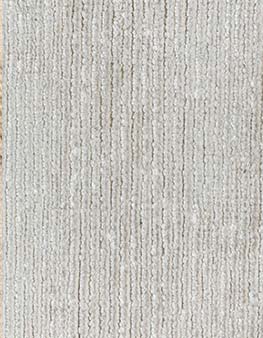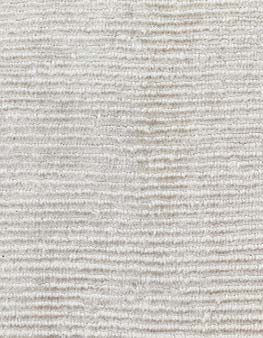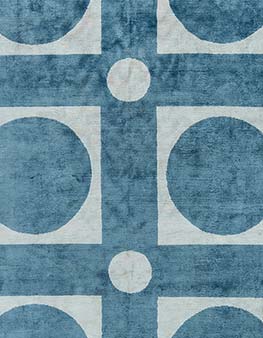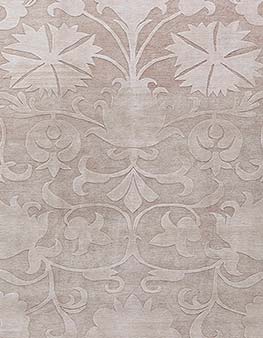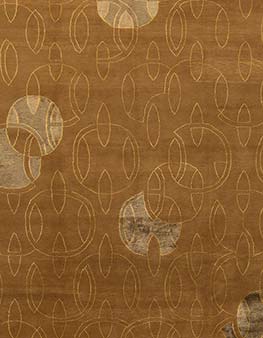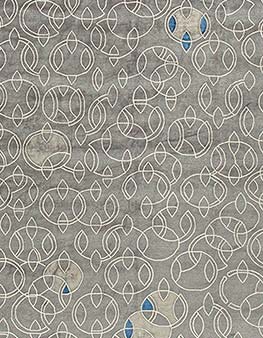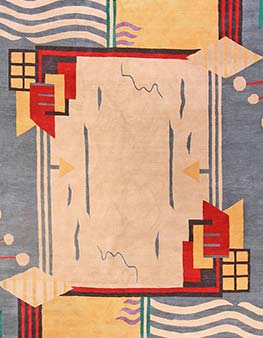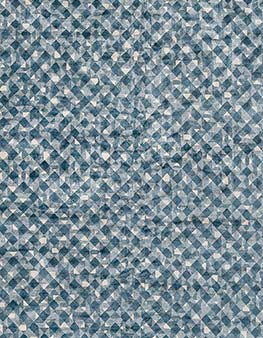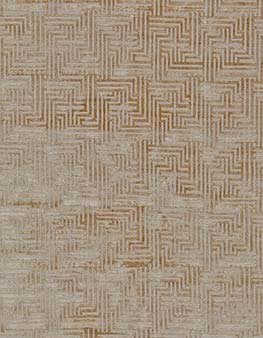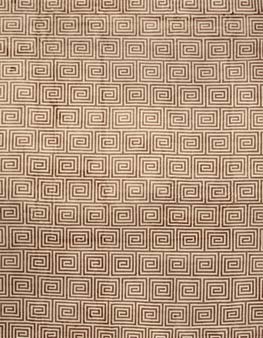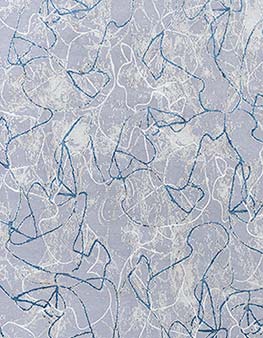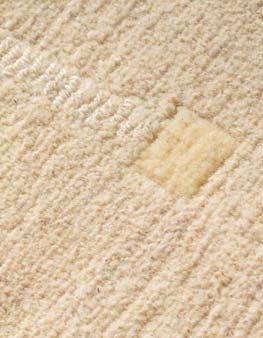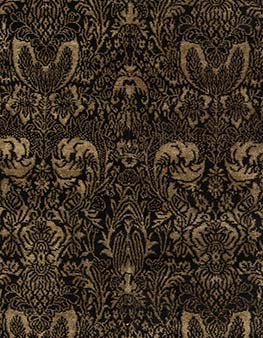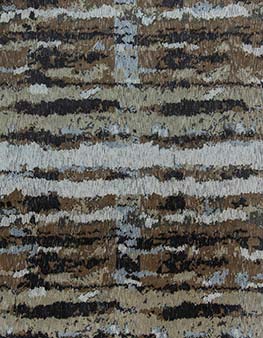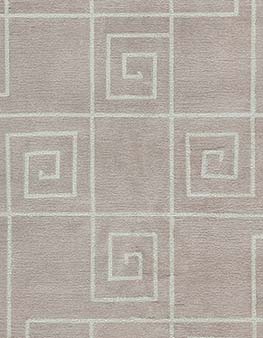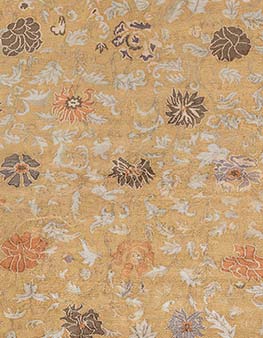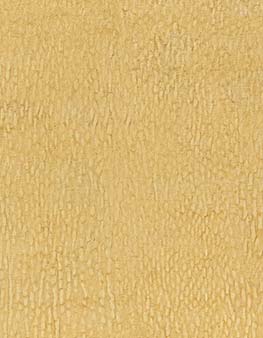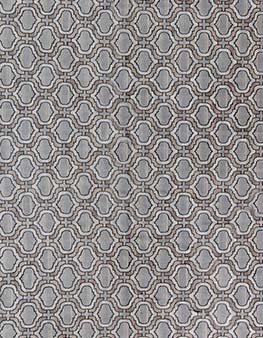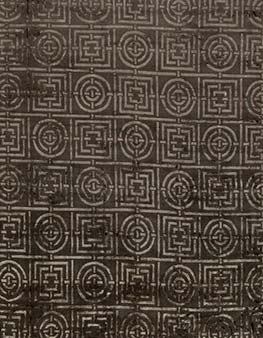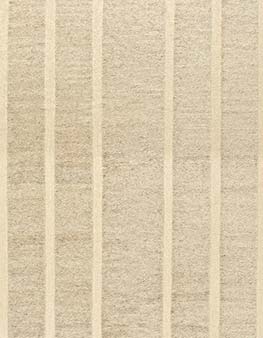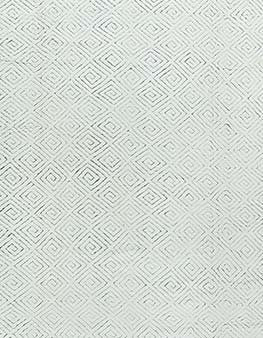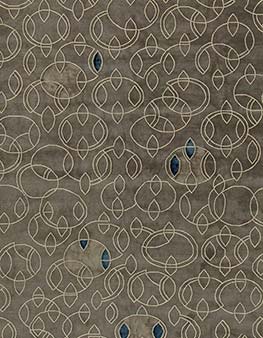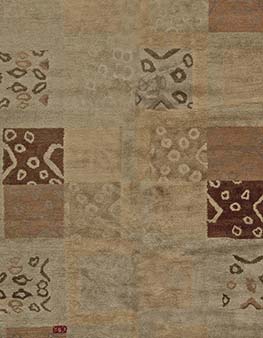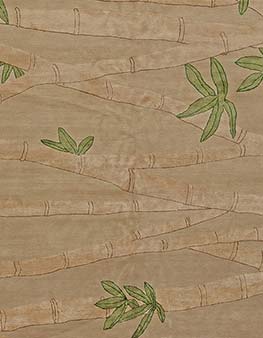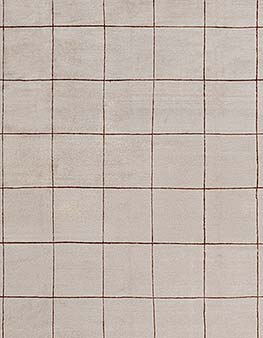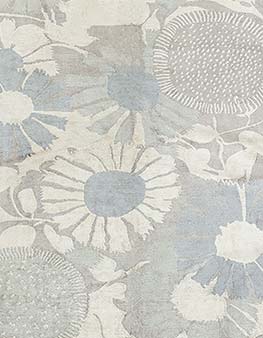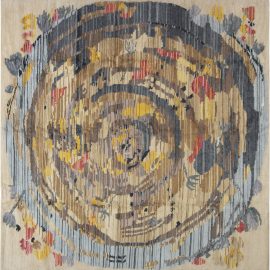 Tibetan rugs are decorative textiles originating from Tibet. Because of the difficult political situation, rug weaving declined in Tibet in the early 20th century. The families of weavers fled to Nepal and India and revived the craft from there circa the 1970s. Hence, there is a category of Nepalese rugs, many of which come from the capital – Kathmandu. Tibetan carpets are usually made of Tibetan highland sheep wool called “changpel” on vertical looms. They vary in style but are among the best floor coverings in the world.
Tibetan rugs are decorative textiles originating from Tibet. Because of the difficult political situation, rug weaving declined in Tibet in the early 20th century. The families of weavers fled to Nepal and India and revived the craft from there circa the 1970s. Hence, there is a category of Nepalese rugs, many of which come from the capital – Kathmandu. Tibetan carpets are usually made of Tibetan highland sheep wool called “changpel” on vertical looms. They vary in style but are among the best floor coverings in the world.
Traditional Tibetan rugs, unlike Chinese or Indian carpets, are created using the Tibetan knot on vertical looms. The knot is formed by looping a yarn thread around two warps and then further around a rod. In the past, the weavers worked mainly with the special “changpel” wool obtained from highland sheep. Presently, next to the high-quality wool, one may find these rugs made of a wide range of materials, including silk, banana silk, cotton, and many others. The introduction of modern technology has relegated some aspects of rug making to machines. However, the finest Tibet’s weavings are still created the old-fashioned way – by hand on the loom.
Historically, these carpets served a variety of purposes, from flooring to wall hangings to horse saddles. 19th-century rugs from Tibet are distinguished by toned-down coloration. Back then, artisans only had access to a few natural dyes – red was obtained from madder root, blue from indigo, yellow from Tibetan rhubarb, while brown and gray from walnut shells. Yet, the 1900s brought about synthetic dyes which stimulated the production of more complex designs. From 1900 onwards, weavers began to make Tibetan rugs loosely based on Chinese designs. Their patterns comprised such characteristic motifs as dragons, phoenixes, clouds or cranes.
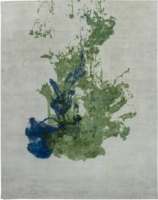 Among the most popular contemporary Tibetan designs are the so-called “Tiger rugs.” People associate them with Tantric meditation. According to beliefs, tiger skin provides protection to a person who meditates. Some of the Tibetan Tiger rugs consist of semi-realistic or entirely abstract depictions of tiger pelts. Others constitute a “whole pelt” composition, complete with legs and a grinning face. Another very popular design is “Potala”, depicting the Potala Palace. Because of the famous monument, tourists often chose it as a souvenir. Today, many modern Tibetan rugs exhibit a more contemporary manner. They are heavily influenced by western art trends like Art Deco or minimalism.
Among the most popular contemporary Tibetan designs are the so-called “Tiger rugs.” People associate them with Tantric meditation. According to beliefs, tiger skin provides protection to a person who meditates. Some of the Tibetan Tiger rugs consist of semi-realistic or entirely abstract depictions of tiger pelts. Others constitute a “whole pelt” composition, complete with legs and a grinning face. Another very popular design is “Potala”, depicting the Potala Palace. Because of the famous monument, tourists often chose it as a souvenir. Today, many modern Tibetan rugs exhibit a more contemporary manner. They are heavily influenced by western art trends like Art Deco or minimalism.
Craftsmen in Inner Asia make rugs for Doris Leslie Blau in an eco-friendly and responsible manner, in accordance with traditional techniques. They gently hand-wash completed rugs in cleaned and softened groundwater. This process preserves the natural resilience of the wool yarn. Then, the wastewater undergoes filtration and is then returned to the ground system. The DLB production is in compliance with the conditions for fair labor practices as outlined by the international non-profit supervisory enterprise, Care & Fair. Care & Fair promotes education, benevolent working conditions, medical care, and prohibits child labor. Hand-made rugs by Doris Leslie Blau come in an array of exclusive yarns, colors and weave techniques.


